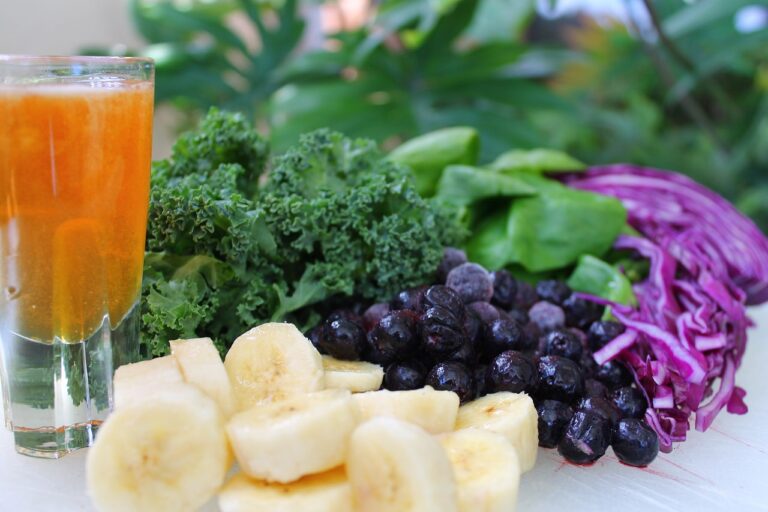Mindful Movement: Running, Walking, and Dancing for Fitness and Joy
In today’s fast-paced world, it’s easy to get caught up in the hustle and bustle of daily life. Many of us spend our days glued to screens, sitting at desks, and rushing from one task to the next. But amidst the chaos, there is a simple yet powerful way to reconnect with our bodies and minds: mindful movement.
Mindful movement involves paying attention to the present moment as you engage in physical activity. It’s about tuning into your body, focusing on the sensations of movement, and cultivating a sense of awareness and presence. Running, walking, and dancing are three popular forms of mindful movement that offer a range of physical, mental, and emotional benefits.
The Benefits of Mindful Movement
1. Physical Health
Engaging in regular physical activity like running, walking, and dancing can improve cardiovascular health, strengthen muscles, and enhance flexibility. These activities also help maintain a healthy weight, reduce the risk of chronic diseases, and boost overall physical well-being.
2. Mental Well-being
Exercise has been shown to have numerous mental health benefits, including reducing symptoms of anxiety and depression, improving mood, and enhancing cognitive function. Mindful movement in particular can help reduce stress, increase mindfulness, and promote a sense of calm and presence.
3. Emotional Connection
When we move mindfully, we have the opportunity to connect with our emotions and express ourselves through movement. Dancing, in particular, can be a powerful form of emotional release and self-expression, allowing us to tap into our feelings and move through them with grace and fluidity.
Running
Running is a popular form of exercise that offers a plethora of physical and mental benefits. Whether you’re a beginner looking to start a running routine or an experienced runner training for a race, running can be a powerful tool for improving your health and well-being.
How to Start Running Mindfully
If you’re new to running, it’s important to start slowly and build up your endurance over time. Begin by jogging for short intervals, focusing on your breath and the sensation of your feet hitting the ground. Pay attention to your body and any areas of tension or discomfort, adjusting your form as needed.
The Joy of Running
Running can be a deeply rewarding and joyful experience, offering a sense of freedom, empowerment, and accomplishment. Whether you’re running alone or with a group, take the time to appreciate the beauty of your surroundings, the rhythm of your breath, and the strength of your body as you move through space.
Walking
Walking is a simple yet powerful form of mindful movement that can be done anywhere, at any time. Whether you’re taking a leisurely stroll through the park or walking briskly to work, walking offers a range of physical, mental, and emotional benefits.
Benefits of Walking
Walking is a low-impact exercise that is gentle on the joints and accessible to people of all ages and fitness levels. It can help improve cardiovascular health, strengthen muscles, and boost overall well-being. Walking outdoors in nature can also reduce stress, increase feelings of relaxation, and improve mood.
Walking Meditation
Walking can be a form of meditation in motion, allowing you to cultivate mindfulness and presence as you move through space. Focus on your breath, the sensation of your feet touching the ground, and the sights, sounds, and smells around you. Walking mindfully can help you de-stress, clear your mind, and connect with the present moment.
Dancing
Dancing is a dynamic and expressive form of mindful movement that combines physical activity with creativity, rhythm, and emotion. Whether you’re dancing alone in your living room, taking a dance class, or hitting the dance floor with friends, dancing offers a range of physical, mental, and emotional benefits.
The Healing Power of Dance
Dance has been used for centuries as a form of healing, self-expression, and celebration. Moving your body to music can help release endorphins, reduce stress, and improve mood. Dancing can also be a powerful way to connect with others, express emotions, and cultivate joy and freedom.
Types of Dance for Fitness and Joy
There are countless styles of dance to explore, from classic forms like ballet and ballroom to modern styles like hip hop and salsa. Whether you prefer a structured dance class or free-form improvisation, find a style of dance that resonates with you and brings you joy. Dancing is a fun and creative way to stay active, express yourself, and connect with others.
FAQs
Q: Can anyone practice mindful movement?
A: Yes, mindful movement is accessible to people of all ages, fitness levels, and abilities. Whether you’re a beginner or an experienced mover, you can benefit from engaging in mindful movement practices like running, walking, and dancing.
Q: How often should I engage in mindful movement?
A: The frequency of mindful movement practices like running, walking, and dancing can vary depending on your individual goals and preferences. Aim to incorporate physical activity into your daily routine, whether it’s a short walk during your lunch break, an evening dance class, or a morning run to start your day off on the right foot.
Q: What are some tips for staying motivated to practice mindful movement?
A: Finding joy and pleasure in your movement practices is key to staying motivated. Experiment with different styles of running, walking, and dancing to find what brings you joy and satisfaction. Set realistic and achievable goals, enlist the support of friends or a workout buddy, and celebrate your progress along the way.
By incorporating mindful movement practices like running, walking, and dancing into your daily routine, you can cultivate a deeper connection with your body and mind, improve your physical and mental well-being, and experience the joy and freedom of moving with intention and presence.







